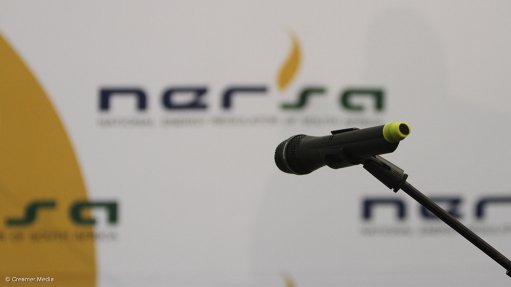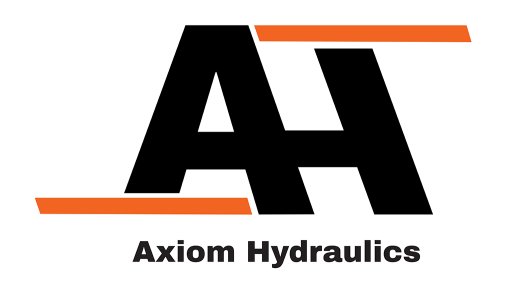LTMS and the challenge of long-term technology planning
Many moons ago, South Africa did pioneering work on how best to meet our international climate mitigation obligations.
A number of emissions reduction scenarios and trajectories were drawn up under the Long-Term Mitigation Scenario (LTMS), which was commissioned by the then Department of Environmental Affairs and Tourism (DEAT) as a visioning exercise for the period 2003 to 2050. The exercise allowed different stakeholders to wrap their heads around this whole low-carbon transition debate.
There are various LTMSes: Growth without Constraints (GWC), Required by Science (RBS) and several intermediate scenarios or strategic options for mitigation that South Africa can embark on.
The GWC scenario – using the cheapest fossil-fuel options and not implementing a carbon budget – suggests a quadrupling of carbon emissions from 440-million tons in 2003 to around 1 600-million tons in 2050.
On the other hand, the RBS scenario – the modelling of which was guided by the Intergovernmental Panel on Climate Change’s recommendation – builds a strategic option based on the premise that absolute carbon outputs from 1990 levels should be reduced by 60% to 80% by 2100.
The total outputs would peak much earlier – around 2020 – and slowly decline to an output average of between 240-million tons and 260-million tons if we embarked on low-carbon-technology trajectories and use of market mechanisms.
A comparison between different scenarios suggests a gap of around 1 300-million tons. This would be the mitigation cap that would be imposed on the country if we strictly adhered to the RBS criteria. Put differently, to stay within the RBS criteria, we have to find cost-effective low-carbon solutions that do not allow us to reach the additional 1 300-million tons of emissions if we grow without constraints.
It is the RBS scenario that informed the country’s bold and ambitious targets announced in Copenhagen in 2009. These targets involve a reduction in the country’s carbon emissions by 34% in 2020 and 42% by 2025, and are conditional on finance, technology and capacity building support from the international community.
In the context of the LTMS, the country is now committed to achieving mitigation targets that represent a ‘peak, plateau and decline’ (PPD) scenario. The decline scenario, or phase, would require a dramatic reduction in greenhouse-gas emissions by 2050 and, therefore, considerable planning and strategising as well as international aid.
The LTMS proposes a number of technology, policy and market instruments to arrive at the desired PPD rates for the RBS trajectory. However, it suffers from many limitations.
Firstly, the proposed scenarios have not sufficiently tested the ground on issues of trade-offs and the ability of the South African economy or specific sectors to lock out of current fuel and technology pathways. It also does not recognise that certain economic realities will restrain the country’s ability to embark on a low-carbon transition on the basis of an RBS scenario.
Secondly, though the LTMS is a useful introduction to technology pathway options, these options do not adequately cover the issue of cost, scale and institutional barriers that will no doubt either limit options or the pace at which a particular technology pathway can be embarked on.
Thirdly, the LTMS lacks a technoeconomic assessment and a feasibility stress test in terms of the ability of different sectors to adjust to specific emissions targets.
Finally, the LTMS has not adequately grappled with whether South Africa is best as a technology leader or an adopter. Evidence seems to suggest that we are best placed in the spectrum of rapid adoption rather than as low-carbon technology leaders.
To be a technology leader requires having access to a highly skilled workforce, State wherewithal for long research and development (R&D) horizons, incentives and the ability to mobilise premarket finance that is risk averse and can carry new technologies and innovations beyond the Valley of Death.
This is not to cast aspersions on South Africa’s capabilities. In new technology areas, or pathways, depth of resources – human and financial – is required to see through the full fruition and rapid adoption of these technologies. These factors will have to be enhanced if South Africa is to play a leading role in low-carbon technology development.
The challenge is industrial-scale development and growing this in a competitive global market where the risk for early starters who do not have depth in terms of resources and market size is very high. It merely alludes to the fact that our entry point in the new technology adoption game is largely influenced by cost and timing.
Perhaps the LTMS should have a nonlinear scenario. If the technoeconomic assessments show that we will be better off waiting for others to develop these technologies and then rapidly reaching our PDD, this wait-and-see approach may just be more affordable than a slavish adherence to the RBS scenario. A nonlinear and prudent scenario would be a more pragmatic and domestically relevant approach.
But then I venture into blasphemous territory. Despite these shortcomings, the LTMS provides a good starting base for the discussion on low-carbon transition and opens our minds to the realm of possibilities for change and innovation. However, there is always natural tension between the ideal, the stubbornness of old conventions, ground realities and the need for pragmatism.
Article Enquiry
Email Article
Save Article
Feedback
To advertise email advertising@creamermedia.co.za or click here
Comments
Press Office
Announcements
What's On
Subscribe to improve your user experience...
Option 1 (equivalent of R125 a month):
Receive a weekly copy of Creamer Media's Engineering News & Mining Weekly magazine
(print copy for those in South Africa and e-magazine for those outside of South Africa)
Receive daily email newsletters
Access to full search results
Access archive of magazine back copies
Access to Projects in Progress
Access to ONE Research Report of your choice in PDF format
Option 2 (equivalent of R375 a month):
All benefits from Option 1
PLUS
Access to Creamer Media's Research Channel Africa for ALL Research Reports, in PDF format, on various industrial and mining sectors
including Electricity; Water; Energy Transition; Hydrogen; Roads, Rail and Ports; Coal; Gold; Platinum; Battery Metals; etc.
Already a subscriber?
Forgotten your password?
Receive weekly copy of Creamer Media's Engineering News & Mining Weekly magazine (print copy for those in South Africa and e-magazine for those outside of South Africa)
➕
Recieve daily email newsletters
➕
Access to full search results
➕
Access archive of magazine back copies
➕
Access to Projects in Progress
➕
Access to ONE Research Report of your choice in PDF format
RESEARCH CHANNEL AFRICA
R4500 (equivalent of R375 a month)
SUBSCRIBEAll benefits from Option 1
➕
Access to Creamer Media's Research Channel Africa for ALL Research Reports on various industrial and mining sectors, in PDF format, including on:
Electricity
➕
Water
➕
Energy Transition
➕
Hydrogen
➕
Roads, Rail and Ports
➕
Coal
➕
Gold
➕
Platinum
➕
Battery Metals
➕
etc.
Receive all benefits from Option 1 or Option 2 delivered to numerous people at your company
➕
Multiple User names and Passwords for simultaneous log-ins
➕
Intranet integration access to all in your organisation

















